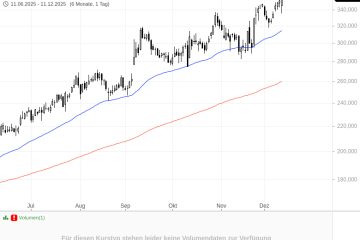Comparing Singapore and India: A Look at Two Diverse Economies

Introduction
The comparison between Singapore and India reveals a complex interplay of economic growth, cultural diversity, and globalization. As two vibrant economies in Asia, they offer unique insights into development models and cultural exchanges, making them relevant for investors, policymakers, and scholars alike.
Economic Landscape
Singapore, with its strategic location and open economy, has established itself as a global financial hub. The World Bank ranks Singapore as one of the easiest places to do business, largely due to its robust regulatory framework, skilled workforce, and advanced infrastructure. In contrast, India, the world’s second-most populous country, is undergoing rapid economic transformation, driven by a burgeoning middle class and significant investment in technology. In the fiscal year 2022-2023, India recorded a GDP growth of 7%, making it one of the fastest-growing major economies, while Singapore’s economy grew by 3.6% in the same period.
Cultural Dynamics
From a cultural perspective, Singapore is a melting pot of cultures, predominantly influenced by Chinese, Malay, and Indian traditions. Festivals like Chinese New Year, Hari Raya, and Diwali are celebrated with enthusiasm across the city-state, showcasing its multicultural ethos. India, on the other hand, boasts an extraordinary diversity of languages, religions, and traditions. With over 1.3 billion people, it is home to a vast array of customs and festivals such as Diwali, Eid, and Christmas, each reflecting the country’s rich heritage. This contrasts sharply with Singapore’s more homogeneous population which, despite its diversity, tends to exhibit national cohesion.
Trade Relations and Future Prospects
Trade relations between Singapore and India have strengthened significantly over the years. In 2022, Singapore was one of India’s top trade partners in ASEAN, with bilateral trade reaching nearly $25 billion, covering sectors like technology, pharmaceuticals, and financial services. The Comprehensive Economic Cooperation Agreement (CECA), signed in 2021, aims to further boost these ties by reducing tariffs and enhancing collaboration. As both nations look towards sustainable development and technological innovation, collaboration in sectors like renewable energy, digital economy, and fintech seems promising.
Conclusion
The comparison of Singapore and India reveals both countries’ unique pathways towards development. While Singapore stands as a model of rapid urbanization and financial growth, India exemplifies a diverse and expansive economic landscape with immense potential. As they continue to engage economically and culturally, the synergy between these two nations may pave the way for robust partnerships, enhancing their roles on the global stage. The ongoing dialogue will be crucial for navigating challenges, ensuring sustainable growth, and fostering innovation.









